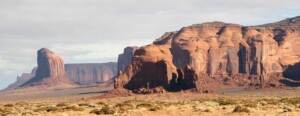The Grand Canyon, a marvel of the natural world, beckons adventurers and dreamers alike to its vast and rugged landscape. This iconic landmark, carved by the hands of time and the flow of the Colorado River, offers a kaleidoscope of reds, oranges, and browns that shift with the sun’s passage across the sky. However, to truly grasp the magnitude of this natural wonder, one must experience the Grand Canyon from above. An aerial adventure over this majestic chasm presents a unique perspective that transforms the way we perceive its grandeur and beauty.
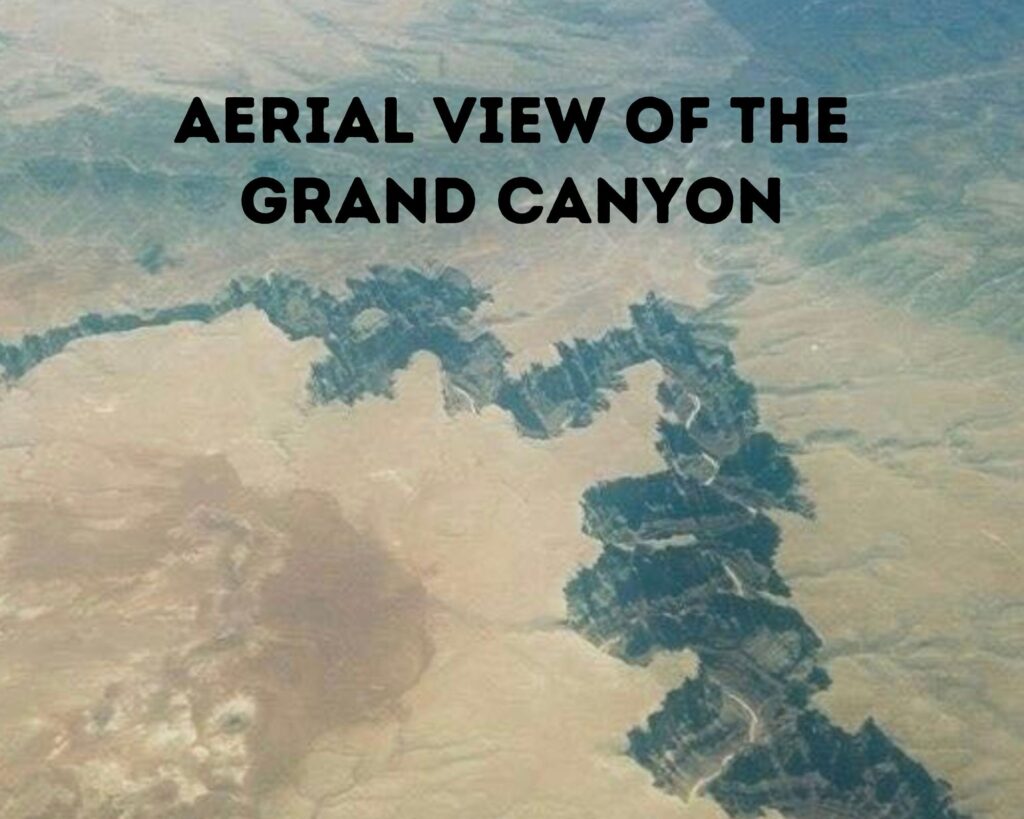
Embarking on a journey to the Grand Canyon is not merely a travel plan; it’s an invitation to witness the earth’s history from the vantage point of the eagles that soar above it. Whether by helicopter or small aircraft, the aerial views of the Grand Canyon promise an unforgettable experience, revealing the intricate layers, expansive vistas, and hidden secrets of the canyon that ground tours cannot match.
In this guide, we’ll explore the exhilarating options available for those seeking to soar above the Grand Canyon, alongside essential tips for planning your aerial adventure. From the silent awe of gliding over ancient rock formations to the thrill of spotting wildlife from the skies, a trip to the Grand Canyon from above is an unparalleled adventure. Join us as we navigate the skies, uncover the best sights on land, and ensure your visit to this monumental landscape is nothing short of extraordinary.
Planning Your Aerial Adventure
Embarking on an aerial tour of the Grand Canyon is an adventure that requires careful planning to ensure the experience is as breathtaking as the views. Choosing the right tour involves more than just selecting a flight; it’s about crafting an unforgettable journey that aligns with your dreams and expectations. Here are some essential tips to guide you through selecting and preparing for your aerial tour over the Grand Canyon.
Selecting the Best Aerial Tour
When deciding on an aerial tour, consider factors such as the duration of the flight, the route it will take, and the time of day you prefer to fly. Each option offers a different perspective of the Grand Canyon, from sunrise tours that bathe the canyon in a golden glow to sunset flights that highlight the dramatic shadows and colors of the landscape.
- Duration: Tours can range from short overflights that offer a quick glimpse of the canyon’s highlights to longer excursions that provide a comprehensive view of the area’s stunning geography.
- Route: Some tours focus on specific parts of the canyon, such as the wider and more expansive East Rim or the rugged and remote North Rim. Consider what aspects of the canyon you most want to see.
- Time of Day: Morning flights can offer clearer views before the heat of the day sets in, while late afternoon or sunset tours showcase the canyon’s colors at their most vibrant.
Booking Your Tour
Advance booking is highly recommended, especially during peak tourist seasons. Research reputable tour operators that prioritize safety and customer experience. Additionally, consider the size of the aircraft, as smaller planes or helicopters can offer a more intimate and customizable tour but may be subject to stricter weight and weather limitations.
Preparing for Your Flight
- Check Weather Conditions: Weather can greatly affect your tour experience. Clear days offer the best visibility, while overcast conditions can cast interesting shadows across the canyon.
- What to Wear: Dress in layers, as temperatures can vary greatly depending on the time of day and altitude.
- Motion Sickness Precautions: If you’re prone to motion sickness, take precautions to ensure your comfort during the flight. For tips on managing nausea and ensuring a smooth ride, explore remedies and advice at Beat Car Sickness: Top Remedies for Nausea-Free Travel.
Embarking on an aerial tour of the Grand Canyon is a thrilling way to experience one of the world’s most spectacular natural wonders. With careful planning and preparation, you can ensure your adventure in the skies is as awe-inspiring and enjoyable as the breathtaking views below.
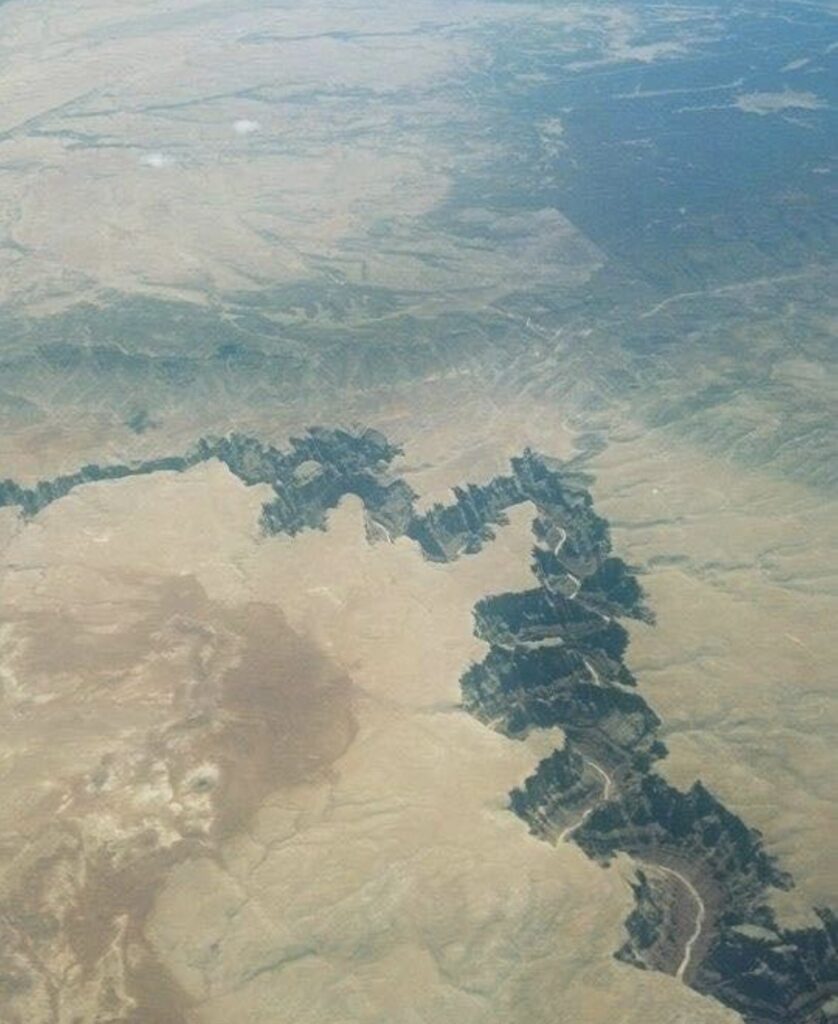
Bringing the Majesty of the Grand Canyon into Your Home
After experiencing the Grand Canyon from above, the desire to capture and hold onto that sense of wonder and majesty is natural. Fortunately, even when the adventure ends, the awe-inspiring beauty of the canyon doesn’t have to fade into memory. Grand Canyon wall art and decor can serve as a daily reminder of the grandeur you witnessed, allowing you to bring a piece of that breathtaking experience into your home.
Choosing Grand Canyon Wall Art
Selecting the right piece of Grand Canyon art is about more than finding a beautiful image; it’s about recapturing the emotion and awe of your personal experience. From vibrant photographs capturing the canyon at sunrise to abstract interpretations of its iconic landscapes, the right piece can act as a window back to those soaring heights.
- Photographic Prints: High-resolution photographs can bring the vivid colors and intricate textures of the Grand Canyon directly into your living space, offering a realistic glimpse of its beauty.
- Paintings and Illustrations: For something that captures the essence of the canyon with a personal touch, consider artwork that interprets its landscapes through unique artistic styles.
- Panoramic Pieces: Large, panoramic wall art can make a statement, transforming a room by bringing the vastness of the Grand Canyon into your home.
Incorporating Grand Canyon Decor
Grand Canyon decor extends beyond wall art, offering numerous ways to infuse your home with the spirit of adventure and natural wonder. Thematic elements, from color palettes inspired by the canyon’s layers to decorative items reminiscent of the Southwest, can complement your wall art and create a cohesive look.
Where to Find Grand Canyon Art and Decor
For those seeking to bring the grandeur of the Grand Canyon into their homes, there are various sources for finding that perfect piece of art or decor. Majestic Grandeur: Grand Canyon Wall Art & Decor offers a curated selection of items that capture the essence of the canyon, providing options for every taste and space. Whether you’re looking for a striking centerpiece or subtle accents, you’ll find inspiration to keep the memory of your Grand Canyon adventure alive in your home.
Bringing the Grand Canyon into your home with carefully selected art and decor allows you to relive the wonder of your aerial adventure every day. It serves as a constant reminder of the beauty and majesty of one of the world’s most spectacular natural wonders, enriching your living space with the spirit of exploration and awe.
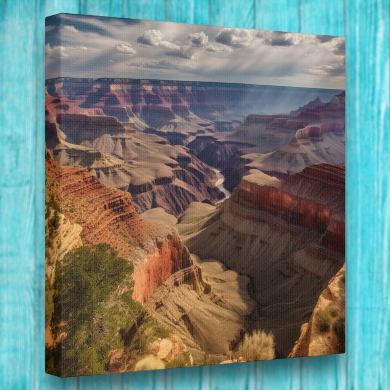
Other Must-See Attractions Around the Grand Canyon
While the aerial views of the Grand Canyon offer an unparalleled perspective of its vast beauty, the surrounding area is rich with additional attractions that deserve exploration. From iconic viewpoints to adventurous trails and cultural heritage sites, the Grand Canyon State is a treasure trove of natural wonders and historical landmarks.
Exploring Beyond the Canyon
- South Rim: The most accessible and visited part of the Grand Canyon, the South Rim offers spectacular views, historical buildings, and a variety of hiking trails.
- North Rim: Less crowded and more remote, the North Rim provides a different perspective of the canyon with equally stunning vistas and a cooler climate.
- Havasu Falls: Located on the Havasupai Indian Reservation, these turquoise waterfalls offer a breathtaking contrast to the red hues of the canyon walls.
- Antelope Canyon: A slot canyon known for its wave-like structure and light beams shining down in the narrow openings, creating a photographer’s paradise.
Embracing the Southwest’s Splendor
Arizona’s desert landscapes extend beyond the Grand Canyon, offering a myriad of opportunities to immerse yourself in the Southwest’s unique beauty. Whether it’s the red rocks of Sedona, the historic streets of Flagstaff, or the vast expanses of Monument Valley, each destination provides its own unique experience of the Southwest’s natural splendor and cultural richness.
Cultural and Historical Insights
The Grand Canyon region is not only a natural wonder but also a cultural mosaic, rich with Native American history and heritage. Taking the time to visit cultural sites and learning about the indigenous peoples’ history and present-day communities can add depth and meaning to your Grand Canyon adventure.
For those interested in exploring all that Arizona has to offer, from its desert landscapes to the myriad of attractions around the Grand Canyon, Arizona’s Desert Landscapes and Southwest Splendors: Exploring the Grand Canyon State provides a comprehensive guide. This resource is invaluable for planning your journey, offering insights into the must-see destinations and hidden gems that enrich your exploration of this remarkable region.
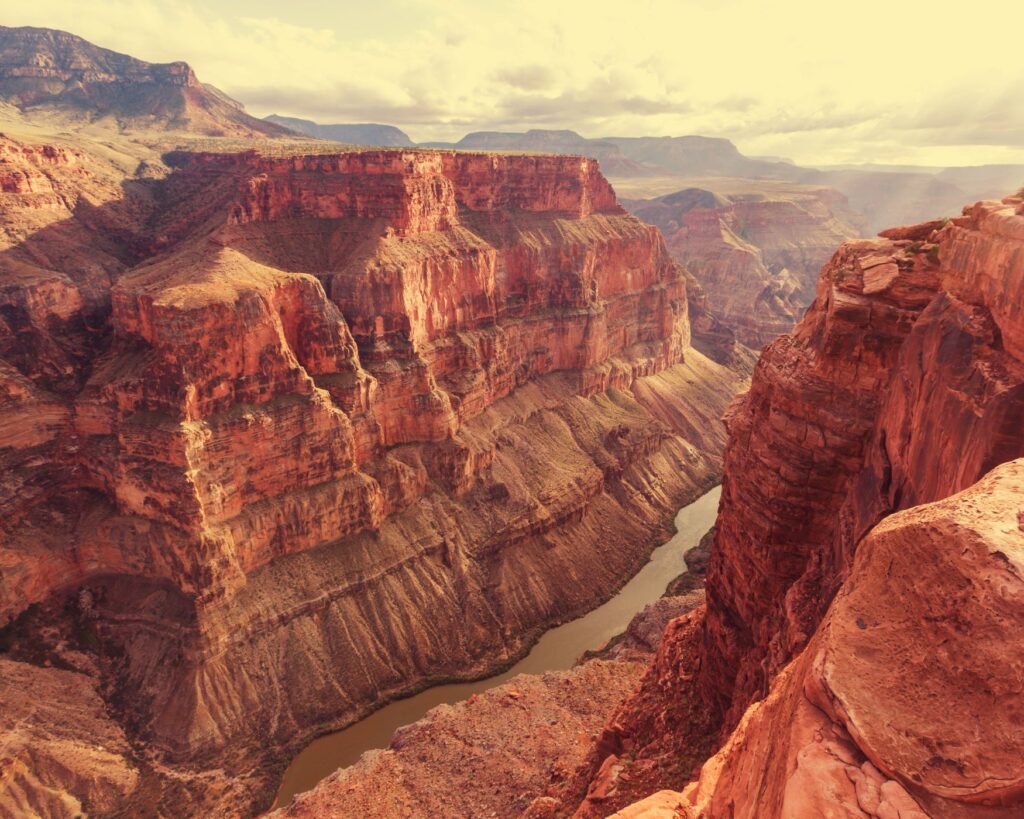
Why the Grand Canyon is So Grand
The Grand Canyon, often hailed as one of the greatest natural wonders of the world, captivates visitors not just with its sheer size but with its profound beauty and geological significance. Its grandeur lies in more than just its vast dimensions; it’s a testament to the power of nature, the passage of time, and the stories etched into its layers. Here’s why the Grand Canyon holds a place of awe and wonder in the hearts of those who visit.
A Geological Marvel
Spanning over 277 miles in length, up to 18 miles in width, and more than a mile deep, the Grand Canyon is a monumental chasm carved by the Colorado River over millions of years. Its immense scale is difficult to comprehend, even when viewed from the best vantage points. But the canyon’s grandeur isn’t solely in its size. The exposed strata reveal about two billion years of Earth’s geological history, offering an unparalleled window into the past.
A Tapestry of Colors and Ecosystems
As the sun moves across the sky, the Grand Canyon transforms. Shadows deepen, colors shift from deep oranges and reds to subtle pinks and purples, and the entire landscape seems to change mood and character. This ever-changing tapestry is a photographer’s and nature lover’s dream. Moreover, the canyon encompasses several distinct ecosystems, from river to rim, each hosting unique flora and fauna adapted to their specific environments within the canyon’s depths.
A Cultural Heritage Site
The Grand Canyon is not only a natural treasure but also a cultural one. It has been home to Native American tribes for thousands of years, each contributing to the rich tapestry of human history associated with the canyon. Artifacts, dwellings, and sacred sites throughout the area offer a glimpse into the lives of its ancient inhabitants, reminding visitors of the human connection to this majestic landscape.
A Hub for Adventure and Reflection
For adventurers, the Grand Canyon provides endless opportunities for exploration, from challenging hikes and thrilling whitewater rafting to serene moments of contemplation along its rims. It’s a place where one can truly feel the vastness of nature and the insignificance of human worries, offering a unique blend of adrenaline and tranquility.
The Grand Canyon’s grandeur lies in its ability to inspire, humble, and awe. It serves as a vivid reminder of nature’s power and beauty, inviting visitors to explore its depths, learn its stories, and reflect on their place in the natural world. Whether viewed from the sky, explored on foot, or rafted by river, the Grand Canyon leaves an indelible mark on all who witness its magnificence, earning its title as truly grand.
Common Questions and Answers About the Grand Canyon
The Grand Canyon, with its vast and varied landscape, often leaves visitors with questions about its formation, best times to visit, and activities to enjoy. Here are some common queries answered to help enhance your Grand Canyon experience.
How was the Grand Canyon formed?
The Grand Canyon was primarily formed by the erosive power of the Colorado River over millions of years, cutting deeply into the landscape and exposing layers of Earth’s geology. This process, combined with the region’s volcanic activity and the uplift of the Colorado Plateau, sculpted the canyon into its current form, revealing a cross-section of ancient rocks.
What’s the best time of year to visit the Grand Canyon?
The best time to visit the Grand Canyon depends on your preferences for weather and crowds. Spring (April to June) and fall (September to November) offer milder temperatures and fewer visitors, making them ideal for hiking and exploration. Summer months are warmer and busier, while winter provides a peaceful, snowy perspective of the canyon with fewer tourists.
Can you explore the Grand Canyon on your own?
Yes, you can explore the Grand Canyon independently, and there are numerous trails and viewpoints accessible to visitors. However, it’s important to prepare adequately, stay on designated paths, and follow park regulations to ensure your safety and the protection of the natural environment.
Are there guided tours available?
Guided tours are available and offer valuable insights into the canyon’s geology, ecology, and history. Options range from hiking and rafting tours to helicopter and airplane tours for aerial views. Guided tours can enrich your visit by providing expert knowledge and access to parts of the canyon you might not discover on your own.
What should I bring for a day trip to the Grand Canyon?
For a day trip, pack water, snacks, sunscreen, a hat, comfortable walking shoes, and layers of clothing to accommodate shifts in temperature. Don’t forget your camera or smartphone for photos, and consider binoculars for a closer look at distant features.
Is the Grand Canyon accessible for visitors with disabilities?
The Grand Canyon National Park strives to be accessible to all visitors. Many of the park’s viewpoints, visitor centers, and trails are designed to accommodate wheelchairs and strollers. For specific accessibility information, it’s best to consult the park’s official website or visitor centers.
How can I minimize my environmental impact while visiting?
Respect the “Leave No Trace” principles by staying on marked trails, disposing of waste properly, and avoiding wildlife disturbances. Consider using shuttle buses available within the park to reduce traffic and pollution, and always follow guidelines set by the park to protect this natural wonder for future generations.
Visiting the Grand Canyon is an unforgettable experience, and being prepared with knowledge about the park can make your trip even more enjoyable and meaningful. Whether you’re marveling at its vastness from a viewpoint or exploring its depths on a trail, the Grand Canyon offers a profound connection with nature’s awe-inspiring beauty.
As an Amazon Associate we earn from qualifying purchases through some links in our articles.


